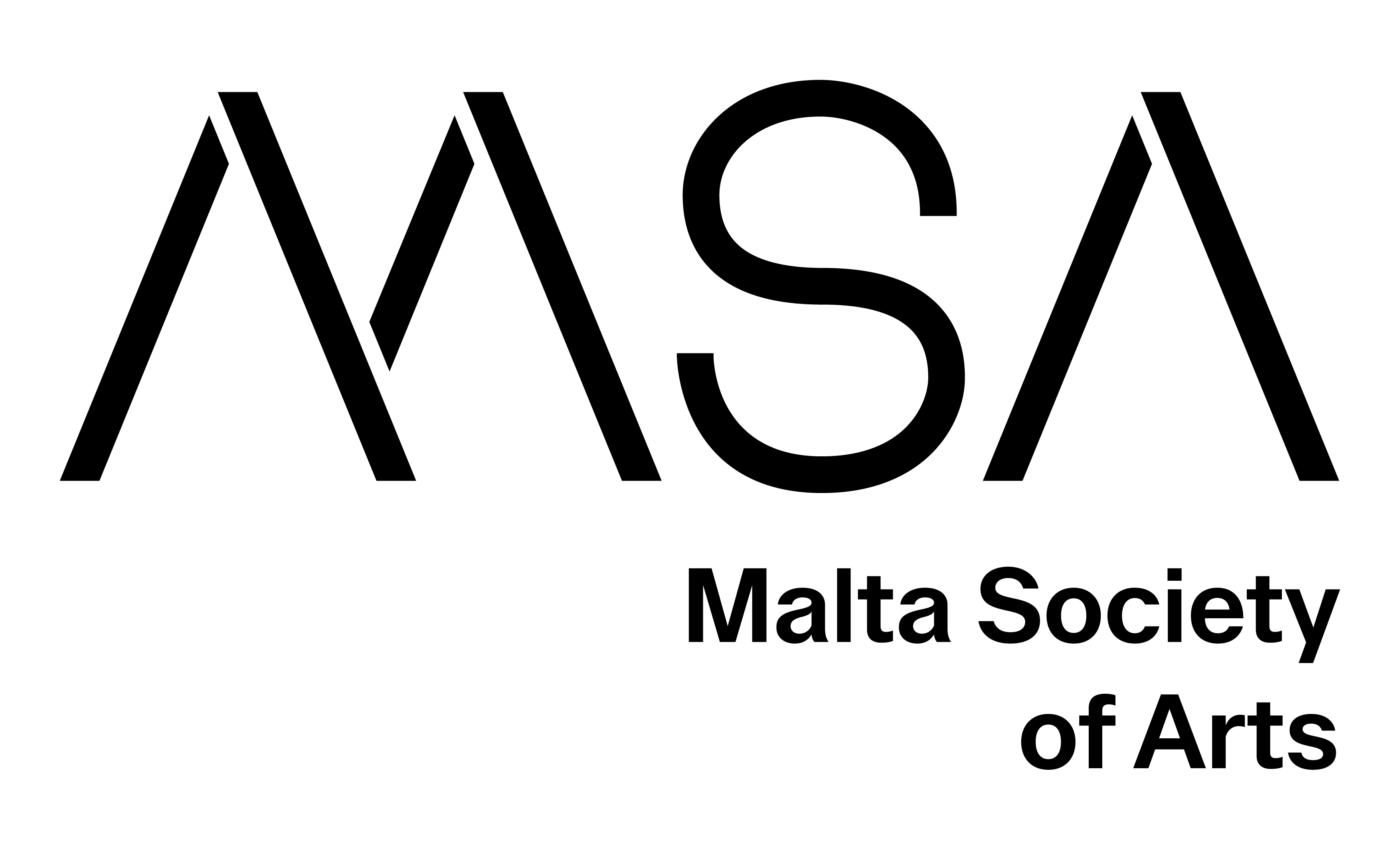What I call a dissenting-machine is an assemblage of components which produces a dissensual idea, image, or phrase which disrupts the field in which it intervenes. The dissenting-machine forms itself through the material agency of human being, intentional or not, and rearranges otherwise heterogeneous components into a loose form or circuit in such a way that the idea, image, or phrase can be repeated dissentingly. In the repetition, the field intervened in is opened up and shared differently. Dissenting-machines derive some of their power from the very thing they are dissenting against. Their relation to the social body is constitutive. Dissenting-machines surpass human cognitive capacities, because chance is a necessary component of them; yet human capacity is needed to grasp the chance-like event and make of it a series. Dissenting-machine takes its point of departure from Gilles Deleuze and Félix Guattari's desiring-machine, but develops significant critical differences through cannibalisation, re-purposing, and modification. Notably, it has a very different regime of signification, and little reference to the unconscious. The representational/projective is not excluded. Representation is one of the fields dissenting-machines disarrange, yet they can use representation as a means of dissenting. Importantly, the dissenting-machine knows what it is to resist, refuse, and negate something in order to constitute identity: constitutive negation. In my conception of the dissenting-machine, it does not necessarily take artists to form the machine. For instance, athletes can do so, or a musical instrument. But in order that this occur the artist or the athlete or the instrument must combine with one or more elements heterogeneous to it. What links them is technology. What is formed collapses the distinction between transcendence and immanence. Not in the sense of transcendence made concrete, for that is a fallacy and an impossibility, but in a work which gathers all its elements together to form an immanent surface. My presentation will take two forms, discursive paper plus performative text, spaced by being presented at two different times, because I should like the two to be seen as a hinge, a necessary articulation, between two modalities of the same thing.
This presentation is the discursive paper.
Dronsfield is a Dobrovský Fellow in Philosophy at the Czech Academy of Sciences in Prague. He has held positions at A.pass Institute of Art Research Brussels, Zürcher Hochschule der Künste [ZhdK] Switzerland, the Royal College of Art London, and the universities of Reading and Southampton in the UK, amongst other institutions. He published six papers in 2022, and gave six conference papers during this time - all on dissent. Three more in 2023, and five more coming before the end of the year. These papers cover inner freedom, embodied resistance, dissidence and truth, the language of dissidence, the rhetoric of dissent, rap music as dissonant dissent, dissident identity, the struggle for semantic authority over identity, and transnational hope. This work is towards a book, Possibilities of Dissent. He has publisherd three books: Cryptochromism, Materiality of Theory, and Spinoza Lector. Dronsfield is also a philosopher-artist, with a practice of composing performative texts to be read out loud. He recently completed a ten-year philosophy-art project The Swerve of Freedom After Spinoza, producing an extensive series of works, including books, book chapters, academic papers, performative readings, interventions in public spaces, art objects and image-text collaborations with artists.
Back







